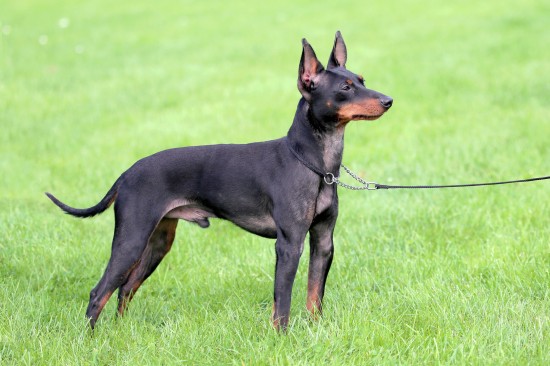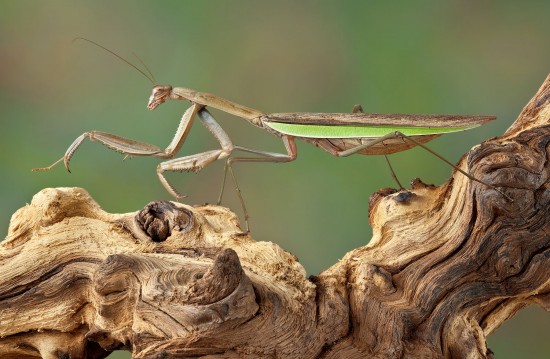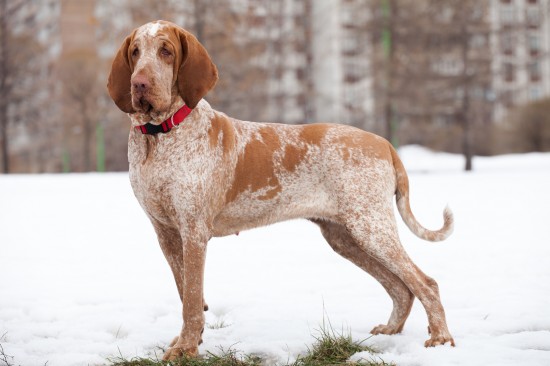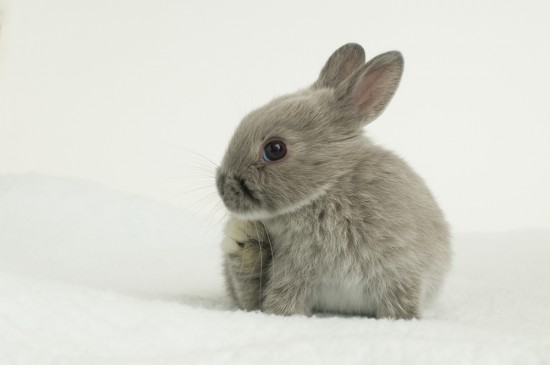
When you visit any of the Kenyan National Game Parks you may be excused for thinking that life in the wild is peaceful, calm and gentle. You will often see herds of zebra grazing peacefully amidst antelopes and wildebeest or elephants and giraffes strolling gracefully in the savanna and occasionally lazy looking lions sleeping in the shade. Even at the Maasai Mara National Game Park, the wildebeests will be swimming across the River Mara while the crocodiles appear dead or uninterested. Is this the true picture? Never!
Life in the Wilderness is a constant struggle for survival. This basically narrows down to two main challenges, namely eat and avoid being eaten. It is one thing to find food but quite another to collect and capture it. In the battle for survival, evolution has created a deadly amour of offensive and defensive weapon systems, which, when used in combination, provide strategies that make survival in the wilderness a real nightmare for both predator and prey. A sample of these survival tactics, in relation to animals in Kenyan game parks,will be discussed in this article:
- Stealth, Ambush and Speed: Most predators that can ran faster than their victims, are unable to maintain the chase for more than 200 meters or so without rest. They must therefore get as close as possible to their victims, unseen, before they attack. The leopard, a member of the cat family, for example, is an expert in this. Hunting alone at night, it stalks its victim to within a close range. Then with a short, fast rash, it attacks. The lions have perfected this strategy by using co-operative hunting. They hunt as a team in a very carefully planned ambush. In this strategy, a lone lioness makes her way unseen to the far side of a herd of zebra or wildebeest while the rest of the team hide in the savanna grass. The latter identify a target, usually a young old or weak victim. Keeping their eyes locked on their victim of choice,they slowly approach the victim to within 30 meters (100ft)or so. Then suddenly, bolting from cover, they drive the chosen victim towards the lone lioness who promptly busts form hiding to grab the prey. The rest of the pride then offer assistance to finish off their victim. Although a lioness can sprint up to a speed of 60km/hr (37mph), the prey can ran faster, hence the importance of the lone lioness in this strategy. Stealth and surprise are vital weapons in this attack. The cheetah, on the other hand, capable of accelerating from standing start to 72km/hr (45mph) in 3 seconds and reaching top speed of 97km/hr (60mph) does not need team work and hunts alone. With fewer mouths to share the meal , it can concentrate on smaller, easier to catch animals and still certify its appetite. For the safety of its food, the cheetah avoids competition with its nocturnal predators by hunting during the day, at dawn or dusk.
- Stamina: That spotted hyenas are notorious scavengers and will steal anything edible is true but they also are efficient hunters, using their enormous stamina. As an example, a hyena, with its powerful jaws and strong teeth,can chase a wildebeest for 5 km(3 miles) at 60 km/hr(37 mph) and kill it alone. They do not need stealth. Similar strategy is used by African Hunting Dogs, hunting in relay teams, to exhaust their victims to submission.
- Camouflage and Speed for defense: Even with these sophisticated hunting weaponry and strategies, the chance of failure is very high. Just as the predators use camouflage to kill, the hunted use it to avoid drawing attention to themselves. The black stripe on each side of a thomson's gazelle and the zebra's stripes, break up the outline of individual animals when they are in a herd, making it hard for the predator to pick up a single animal. Besides, speeding predators and prey try constantly to outdo each other in a race that means life or death. To their advantage, zebras and gazelles have more stamina than their hunters. Some antelopes have another trick up their sleeve in their behavior called pronking. They jump high into the air and bounce on their four legs repeatedly before dashing off at high speed in a drama meant to convince the predators that they are all fit. This makes it harder for any weak animal to be noticed by the predator.
- Defensive Daggers: The African porcupine fends off its enemies using quills. Each quill is cylindrical, formed of long, tough fibrous hairs, ending in a tip that is as sharp as a needle. Loosely attached to the porcupine's skin, it measures about 50 cm (20 inches) long. Contrary to the common belief, a porcupine cannot fire its quills through the air but uses them to teach its enemies a painful lesson. When threatened, the porcupine makes its quills stand on end, pointing backwards. It then rattles its quills and stamps its feet to warn the enemy. If this does not work, the porcupine suddenly reverses into its enemy's skin. The barbs on the quills lock them in once in the predators body and this may cause infection to the victim. The porcupine will most likely survive the attack if it maintains its back to the enemy. The horns of the african rhinocerous are another example of deadly daggers.
- Pretence: The crocodile, floating just below the surface, looks nothing more than a piece of wood. Only its nostrils and eyes remain above the water as it watches and waits near the edge of the river for the animals to come to drink. Then suddenly, the crocodile bolts out of the water so fast that the victim has no time to escape. It quickly kills it by drownig.
 English Toy Terrier Hereditary Health And Longevity
English Toy Terri
English Toy Terrier Hereditary Health And Longevity
English Toy Terri
 Is A Praying Mantis The Right Pet For You?
Is A Praying Mant
Is A Praying Mantis The Right Pet For You?
Is A Praying Mant
 Where Is The Best Place To Buy A New Pet?
Where Is The Best
Where Is The Best Place To Buy A New Pet?
Where Is The Best
 Some Frequently Asked Questions About The Bracco Italiano Dog Breed
Some Frequently A
Some Frequently Asked Questions About The Bracco Italiano Dog Breed
Some Frequently A
 12 Of The Cutest & Smallest Breeds Of Rabbits In The World
12 Of The Cutest
12 Of The Cutest & Smallest Breeds Of Rabbits In The World
12 Of The Cutest
Copyright © 2005-2016 Pet Information All Rights Reserved
Contact us: www162date@outlook.com